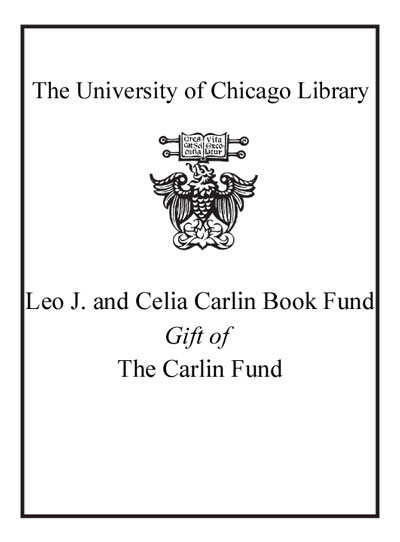| Summary: | Annotation. The passage of land rights laws in New South Wales in 1983 saw political intrigue, deception and disappointment as well as unprecedented engagement by Aboriginal citizens and their supporters. How could a sympathetic NSW State Government redress the effects of two hundred years of colonisation in the most densely populated state in the Commonwealth? "What do we want?" was the rallying call for land rights activists. Heidi Normans insightful book begins in the late 1970s when Aboriginal people, armed with new skills, framed their land rights demands. The 1978 land rights inquiry and the laws that followed brought Aboriginal people -- and the state -- into new and different relationships of power. These have been the source of on-going contestation ever since. For NSW Aboriginal people, the laws allowed an unparalleled level of involvement in government, and in governing. It opened up a host of possibilities. Thirty years later, with over a billion dollars in land assets, a near billion-dollar investment fund, and with over 115 local Aboriginal land councils, the resultant network of land councils is the largest Aboriginal representative body in the country. This book reveals the challenges of Aboriginal people adjusting to modernity as land councils struggle to fully realise the hopes of their members, many of whom continue to suffer chronic disadvantage.
|
|---|

